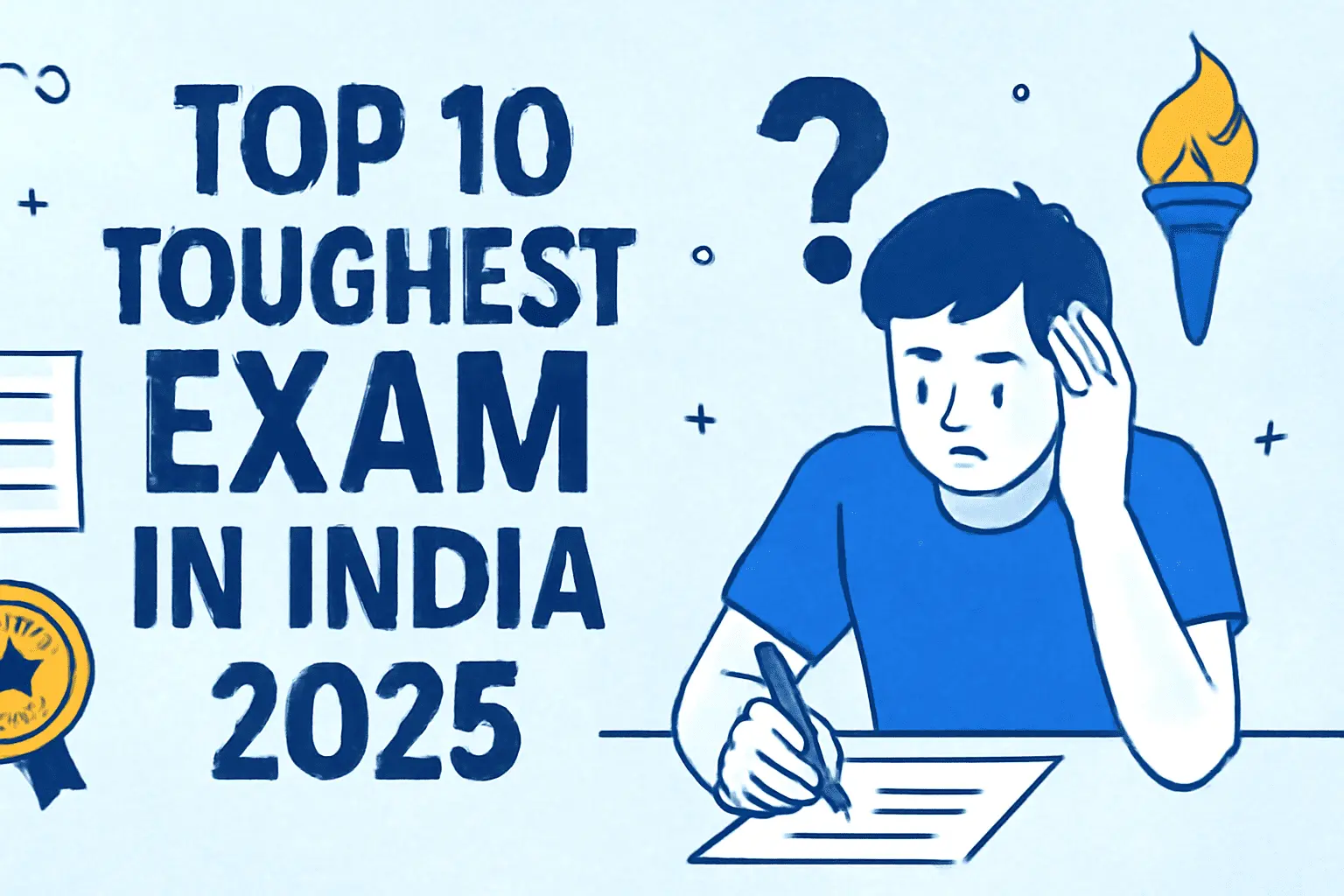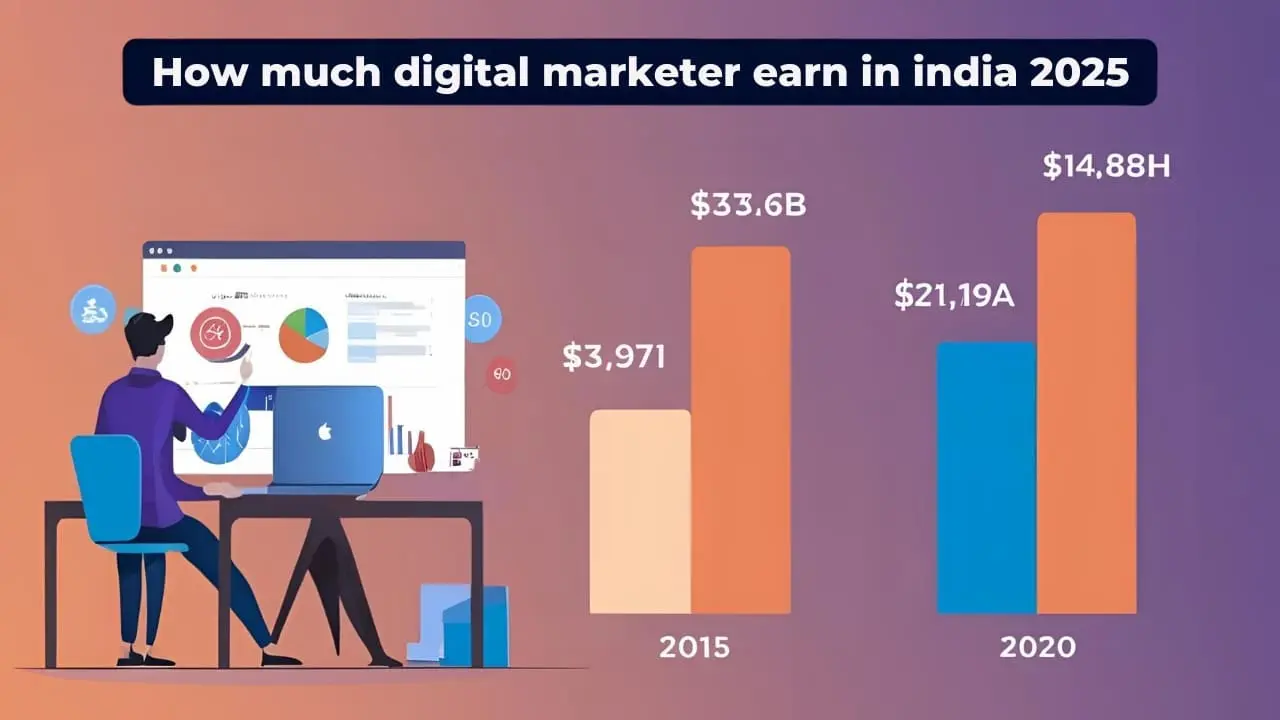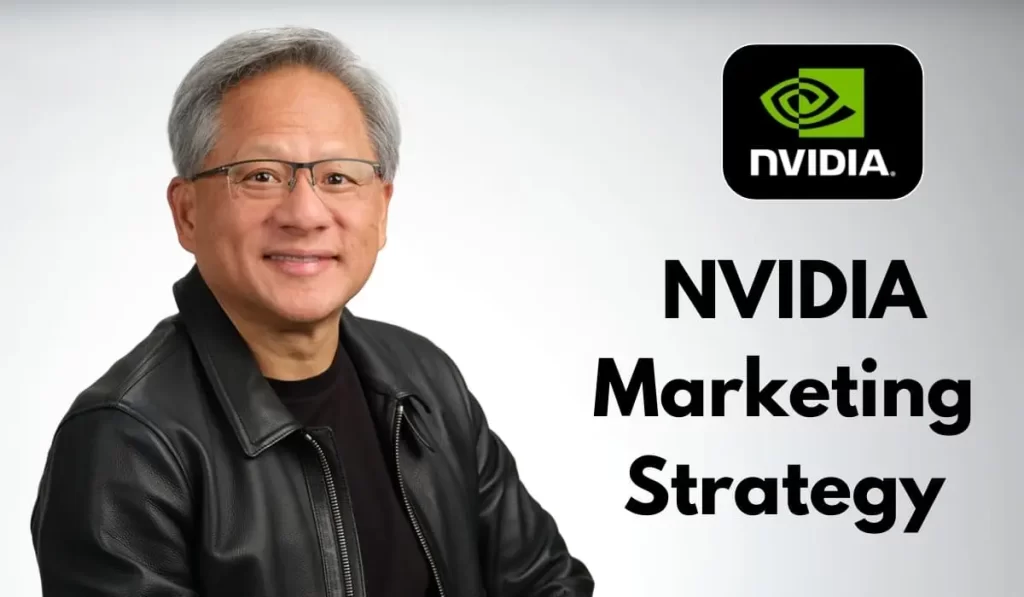
Welcome to an informative exploration of NVIDIA’s marketing, where innovative technology and creative advertising techniques collide. In this blog, we’ll learn how NVIDIA has built a marketing engine as powerful as its GPUs, targeting both major clients and tech enthusiasts worldwide. NVIDIA’s position as a leader in AI, gaming, data centers, and autonomous technology didn’t happen by chance—it’s a result of a well-crafted marketing strategy designed to attract NVIDIA’s biggest customers and resonate with a wide audience.
NVIDIA started as a visionary company in 1993, focusing on transforming how we interact with digital graphics. Fast forward to today; it’s known globally as a pioneer in graphic processing units (GPUs) and artificial intelligence, powering everything from the latest AAA video games to advanced AI research. Today we’ll break down the NVIDIA marketing strategy and explore what it takes for a tech giant to maintain such a strong brand identity in a competitive landscape. How does NVIDIA stay on top, attract new audiences, and grow with such impressive momentum? We’ll answer these questions and more as we analyze the key elements of their marketing.
For anyone interested in NVIDIA marketing jobs, we’ll also highlight what roles at NVIDIA look like, the skills in demand, and how marketers at NVIDIA contribute to the brand’s unique position. Additionally, if you’re curious about NVIDIA marketing salaries, we’ll cover what professionals in the marketing department can expect to earn while working with such a high-profile brand. And let’s not forget about NVIDIA’s customers; we’ll examine who some of NVIDIA’s biggest customers are, why they rely on NVIDIA’s technology, and how the company’s marketing team maintains these essential partnerships.
Furthermore, we’ll discuss NVIDIA advertising strategy and the tactics that keep its name at the forefront of consumer and business markets. From traditional ads to digital campaigns and experiential marketing, NVIDIA separates itself from rivals by utilizing a combination of strategies that strengthen its position across industries.
Whether you’re a tech enthusiast, a marketing professional, or simply curious about the power of a well-crafted marketing strategy, this blog will take you behind the scenes of NVIDIA’s brand success. Get ready for a comprehensive look into how NVIDIA promotes its inventions and draws in the collaborations that enable it to maintain its technological leadership.
Tired of not getting a JOB?
Diploma Course in Digital Marketing
With 100% Job Guarantee
Learn effective marketing strategies & maximize your income.
NVIDIA Marketing Strategy: Emphasizing Innovation
NVIDIA’s focus on groundbreaking innovation is at the heart of its marketing strategy, setting it apart as a leader in GPU technology, AI, and high-performance computing. NVIDIA consistently pushes boundaries, a strategy that not only captivates the tech community but also attracts some of Nvidia biggest customers in gaming, data centers, and autonomous vehicles.
One of NVIDIA’s most significant innovations was the release of its CUDA (Compute Unified Device Architecture) platform in 2007. This move transformed GPUs from graphics accelerators into powerful tools for parallel computing, enabling complex tasks in industries ranging from scientific research to AI. CUDA now powers the work of over 3 million developers worldwide, reinforcing NVIDIA’s position as an innovator and fueling demand for NVIDIA marketing jobs in data-driven fields.
In 2016, NVIDIA took another massive leap with its Pascal GPU architecture, introducing the Tesla P100, designed specifically for deep learning and AI workloads. This launch allowed NVIDIA to capture a significant share of the AI and data center market, with companies like Google, Amazon, and Microsoft adopting NVIDIA’s GPUs. By 2023, data center sales had become a major revenue stream, growing to over $15 billion annually. This shift in focus highlights how NVIDIA’s marketing and product innovation strategies work together to capture new, lucrative customer segments.
The NVIDIA advertising strategy also amplifies its innovations through high-profile product launches and partnerships. For example, the 2020 launch of the Ampere architecture, featuring the GeForce RTX 3000 series, brought real-time ray tracing and AI-powered graphics to mainstream gaming. This was a major milestone, driving record-breaking sales and cementing NVIDIA’s role in both gaming and AI. Marketing campaigns around the RTX series highlighted both technical power and the immersive experience, captivating audiences and strengthening the brand’s innovative reputation.
In 2022, NVIDIA announced its H100 GPU based on the Hopper architecture, designed for demanding AI applications and available at cloud providers like AWS. The launch attracted the NVIDIA biggest customers in tech and enterprise, showing how its advancements are not just for gaming but pivotal in shaping future technologies.
NVIDIA’s innovations don’t just lead markets; they shape them. By focusing Nvidia marketing strategy on innovation and highlighting its impact, it successfully attracts top-tier clients, secures industry partnerships, and builds a reputation as a company defining the future of computing.
NVIDIA Biggest Customers: Identifying the Correct Audience
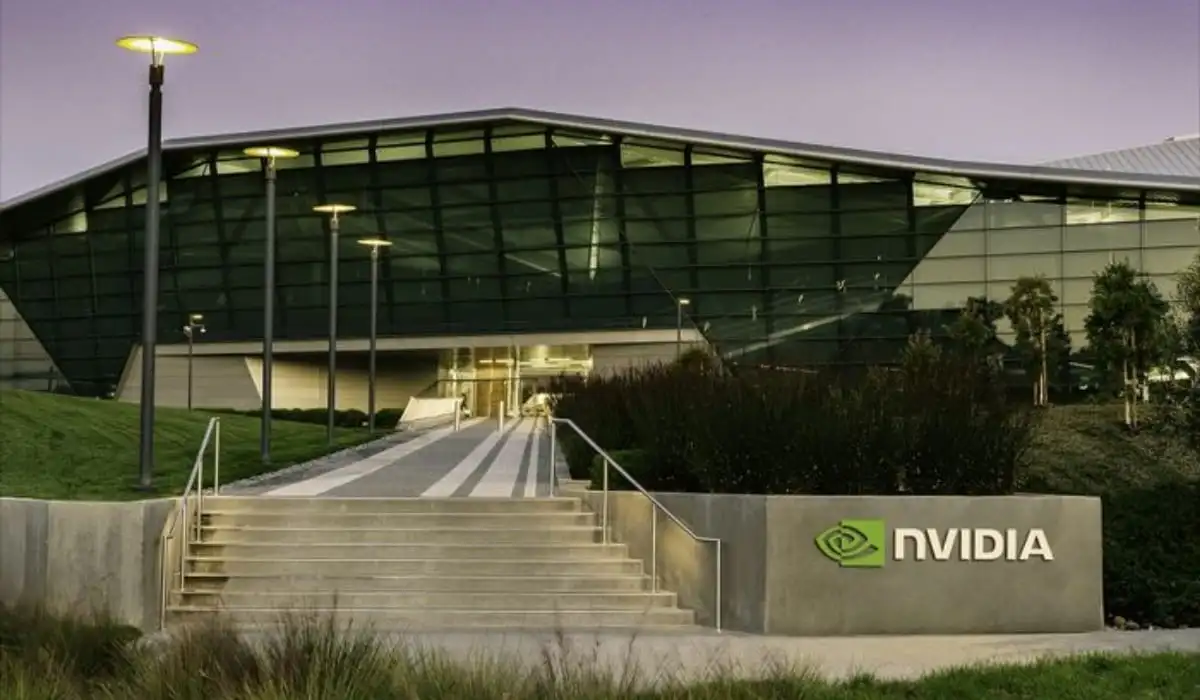
NVIDIA’s customer base is a testament to its ability to identify and target the right audience across multiple high-growth sectors. From tech giants and research institutions to automotive leaders, NVIDIA biggest customers span industries that benefit from high-performance computing, AI, and advanced visualization technologies. By strategically targeting these key segments, NVIDIA has cemented its role as a critical partner for companies at the forefront of innovation.
One of NVIDIA’s largest customer segments is the data center and cloud computing industry. Tech giants like Amazon, Google, and Microsoft rely on NVIDIA GPUs to power their AI and cloud infrastructures. For example, Google Cloud uses NVIDIA GPUs for machine learning and data analytics, while Amazon Web Services (AWS) offers instances powered by NVIDIA’s A100 and H100 Tensor Core GPUs, specifically designed for AI workloads. This strategic alignment with major cloud providers enables NVIDIA to reach a massive audience, establishing it as the go-to provider for AI and deep learning. As of 2023, data center sales accounted for over half of NVIDIA’s total revenue, reaching upwards of $15 billion, largely due to its successful targeting of enterprise customers.
In the automotive industry, NVIDIA’s biggest customers include Tesla, Mercedes-Benz, and Volvo, companies that are leading
the transition to autonomous driving. NVIDIA’s DRIVE platform provides the processing power needed for autonomous vehicles to interpret real-world data in real-time. In 2022, Mercedes-Benz announced a partnership with NVIDIA to build an AI-driven vehicle fleet, demonstrating how the NVIDIA marketing strategy effectively positions it as a leader in autonomous technology. This segment is expected to grow as more carmakers adopt NVIDIA’s solutions, and it also offers opportunities for NVIDIA marketing jobs in this specialized field.
The gaming sector remains one of NVIDIA’s foundational customer bases. With the release of the GeForce RTX series, NVIDIA revolutionized gaming graphics by bringing real-time ray tracing to the market. Leading game developers, including Activision, Ubisoft, and Electronic Arts, collaborate with NVIDIA to optimize games for its GPUs. By targeting both gamers and developers, NVIDIA has created a symbiotic relationship where its technology drives in-game performance and game titles drive demand for its hardware. This dual approach has helped NVIDIA maintain a dominant market share in gaming GPUs, capturing an audience of more than 200 million active users.
Additionally, NVIDIA is targeting the healthcare and scientific research sectors with its Clara platform, an AI-enabled solution designed for medical imaging, genomics, and drug discovery. Institutions like the National Institutes of Health (NIH) use NVIDIA’s technology to accelerate research. This expansion into healthcare highlights the ability to identify new markets, attract high-profile customers, and showcase Nvidia advertising strategy by promoting actual impacts.
By strategically targeting the right audience, NVIDIA ensures its innovations reach sectors with the highest demand and potential. From gaming to healthcare, NVIDIA biggest customers are companies pushing boundaries, reinforcing NVIDIA’s reputation as a tech giant whose technology transforms industries.
NVIDIA Advertising Strategy: Utilizing Multiple Channels
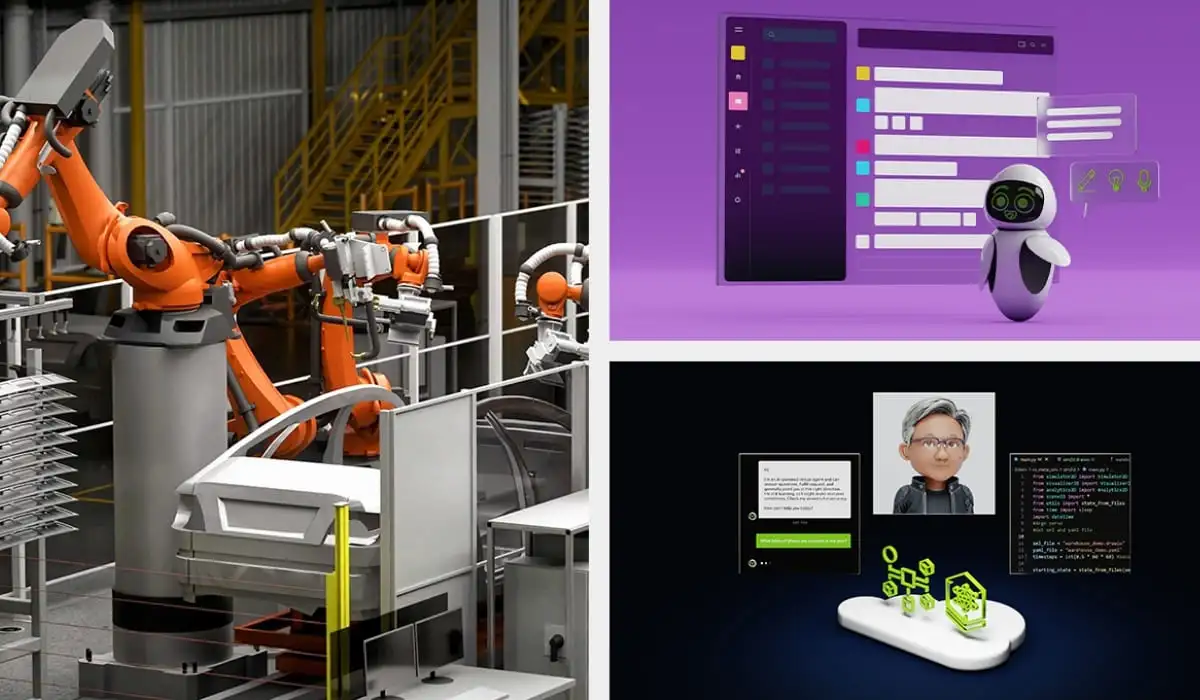
The NVIDIA advertising strategy is multi-faceted, reaching diverse audiences across gaming, AI, enterprise, and automotive sectors. By employing a blend of digital and experiential marketing, social media outreach, and strategic partnerships, NVIDIA effectively promotes its innovations while reinforcing its brand as a leader in high-performance computing.
Let’s explore how NVIDIA employs these platforms to connect with its biggest customers, raise awareness, and expand its influence.
1. Using Digital Marketing and Social Media
A key part of NVIDIA advertising strategy is its robust digital marketing approach, which reaches consumers and professionals globally. NVIDIA uses social media channels like Twitter (now X), LinkedIn, Instagram, and YouTube to showcase its latest advancements, upcoming product releases, and industry partnerships.
For instance, the company’s popular #RTXOn campaign, which promotes its GeForce RTX graphics cards, appeals directly to gamers by highlighting in-game performance improvements with real-time ray tracing. The campaign regularly includes high-quality visuals, gameplay footage, and influencer collaborations, generating excitement around NVIDIA’s products and effectively reaching millions of tech enthusiasts.
LinkedIn is another important platform, especially for NVIDIA marketing jobs and attracting tech talent. NVIDIA posts job opportunities, employee stories, and behind-the-scenes content, showcasing the company’s innovative work culture and appealing to professionals interested in high-tech careers. This social media strategy not only drives product awareness but also strengthens NVIDIA’s brand as a desirable employer.
2. Experiential Marketing and Industry Events
NVIDIA excels in using experiential marketing through events like the annual GPU Technology Conference (GTC). This global event draws professionals from various industries, including AI, gaming, automotive, and healthcare, offering a platform to learn about NVIDIA’s latest products and connect with thought leaders. By hosting live demonstrations, keynote speeches, and hands-on workshops, GTC allows NVIDIA to showcase its technology in action. Notably, GTC 2022 featured announcements of NVIDIA’s latest AI capabilities and GPU advancements, drawing attention from tech giants, developers, and media alike. This type of immersive experience reinforces NVIDIA’s commitment to innovation and positions it as a thought leader.
3. Targeted Content Marketing and Industry Partnerships
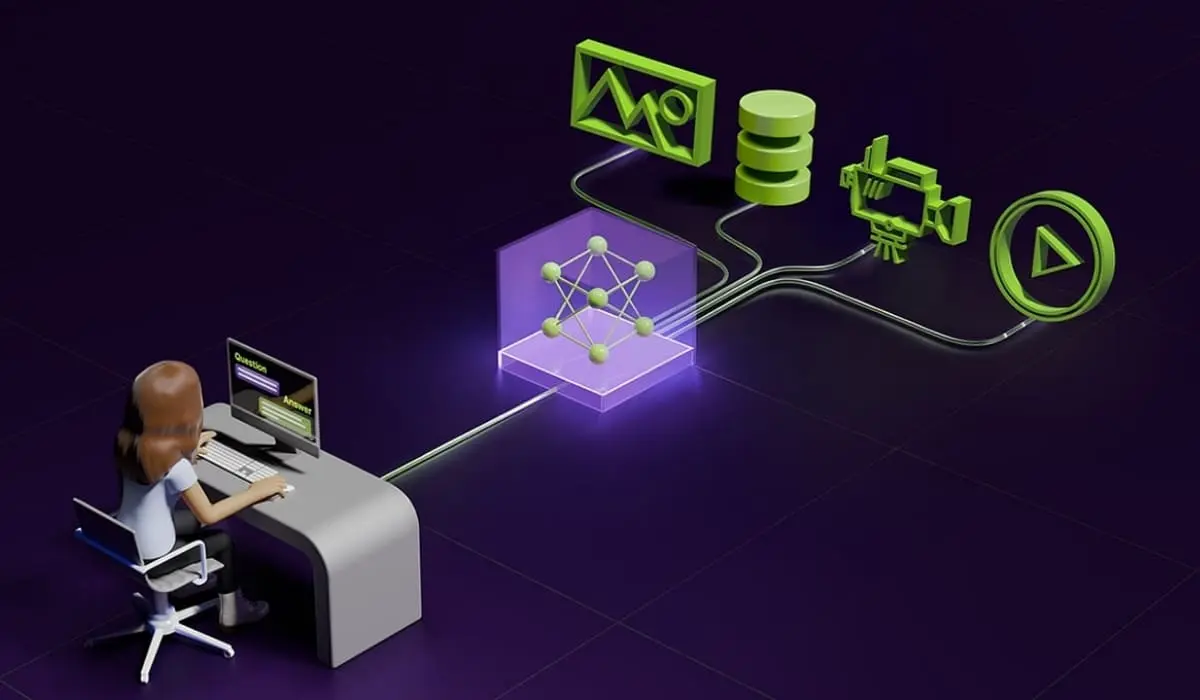
NVIDIA’s content marketing and partnerships help establish its expertise and attract the NVIDIA biggest customers in various sectors. NVIDIA’s blog and YouTube channel feature in-depth content that explains how its products power industries like gaming, data centers, and automotive. By offering tutorials, case studies, and webinars, NVIDIA engages audiences who rely on its technology for specialized applications.
Partnerships with leading companies also play a crucial role in the NVIDIA advertising strategy. For instance, NVIDIA collaborates with companies like Microsoft, Amazon, and Google to bring its AI and deep learning capabilities to cloud computing. Through co-marketing campaigns, NVIDIA and its partners reach a broad audience of businesses and developers interested in AI, establishing NVIDIA’s technology as a go-to solution for demanding workloads. This approach also strengthens NVIDIA’s relationship with major cloud providers, solidifying its reputation among enterprise customers.
4. Influencer Marketing and Community Engagement
Influencer marketing is another powerful channel for NVIDIA. By collaborating with tech influencers, gamers, and YouTubers, NVIDIA reaches a younger audience that values authentic reviews and recommendations. Influencers provide in-depth reviews of NVIDIA’s products, especially graphics cards, allowing potential customers to see real-world applications and benefits. Popular tech influencers, such as Linus Tech Tips, frequently feature NVIDIA’s products, demonstrating performance and benchmarks that resonate with gaming and tech communities.
NVIDIA also engages directly with its community through forums and social media, where it interacts with customers, answers questions, and fosters loyalty. Community feedback and input are often reflected in NVIDIA’s product updates, enhancing the brand’s reputation for being customer-focused and responsive.
5. Strategic Advertising with Video and Display Ads
Video advertising is a core component of NVIDIA’s digital strategy. NVIDIA frequently runs ads across platforms like YouTube, where visuals of its GPUs in action resonate strongly with gamers and professionals alike. Display ads on tech-focused websites and forums also help NVIDIA capture the attention of its target audience. For example, during the launch of the GeForce RTX 3000 series, NVIDIA used a combination of YouTube ads, banner ads on gaming sites, and sponsored articles to generate massive buzz around the new product line.
NVIDIA also leverages retargeting strategies to keep its brand top-of-mind among interested users. By tracking visits to its website and interacting with potential customers through display ads, NVIDIA ensures its advertising is consistent and effective.
6. Customer-centric campaigns and Product-Based Advertising
NVIDIA’s customer-centric approach is another factor in its advertising success. By designing campaigns that speak directly to the needs of specific customer segments—such as gamers, AI researchers, and automotive innovators—NVIDIA can maximize relevance and impact. For example, ads for GeForce products emphasize gaming graphics, while campaigns for the A100 and H100 GPUs focus on AI and machine learning.
Additionally, NVIDIA believes that product-based advertising highlights the value of specific technologies. Its advertisements often showcase detailed specifications and product capabilities, appealing to tech-savvy customers who value performance. This approach is particularly effective with the NVIDIA biggest customers in sectors that rely on precision and efficiency, such as data centers and scientific research.
Top Products by NVIDIA
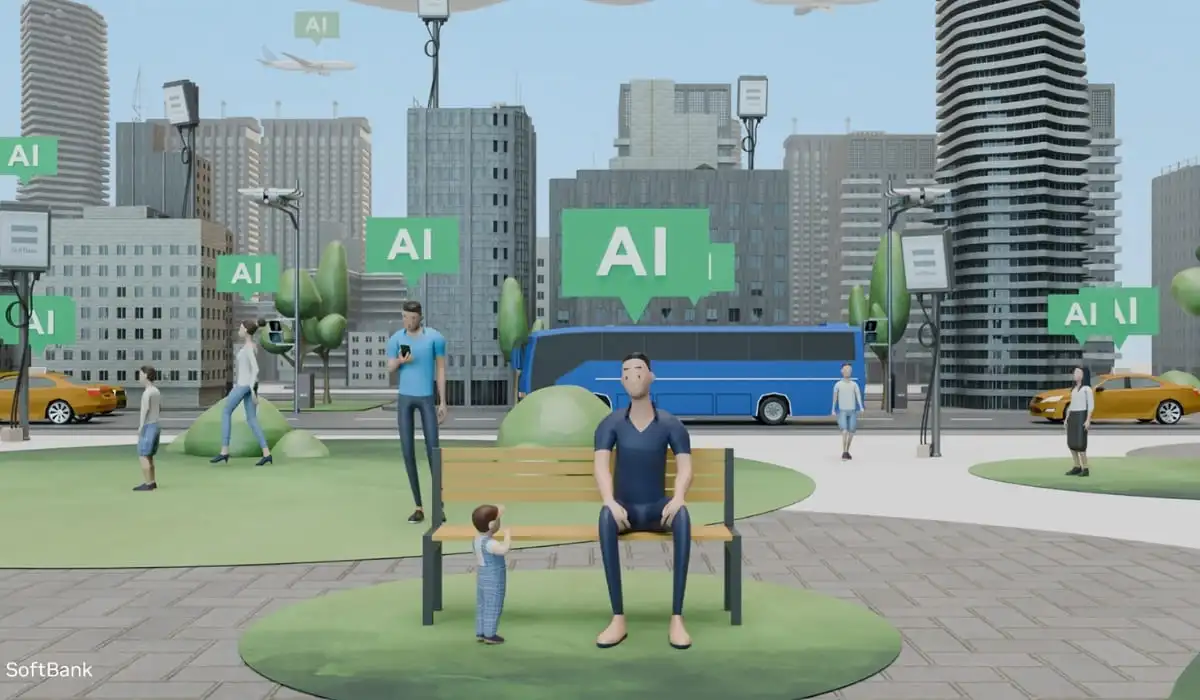
NVIDIA has built its reputation on a lineup of the best products that serve different markets, including gaming, artificial intelligence, data centers, and automotive technology. Here, we’ll explore some of NVIDIA’s most impactful products, showcasing how each one addresses the unique needs of the NVIDIA biggest customers and reflects the company’s dedication to innovation.
1. GeForce GPUs: Powering Gaming and Creativity
NVIDIA’s GeForce graphics cards are widely popular in the gaming community, making them a cornerstone of the company’s success. Known for their high performance and real-time ray tracing capabilities, GeForce RTX GPUs, like the GeForce RTX 4090 and 4080, deliver an immersive gaming experience that redefines what players can expect in terms of visuals and responsiveness.
The GeForce series isn’t just for gamers; it’s also popular among content creators who need powerful graphics for video editing, animation, and design. By enabling professionals and gamers to push creative boundaries, the GeForce line remains central to its marketing and the Nvidia advertising strategy. Through campaigns like #RTXOn, NVIDIA showcases how GeForce technology can enhance creativity and gaming alike.
2. NVIDIA A100 Tensor Core GPU: AI and Data Center Powerhouse
The A100 Tensor Core GPU has become a game-changer in data centers and artificial intelligence applications, empowering enterprises to handle complex computations with remarkable speed and efficiency. Designed specifically for AI, machine learning, and high-performance computing, the A100 allows companies to process vast amounts of data and build advanced AI models, making it a top choice for NVIDIA biggest customers in the tech and enterprise sectors.
Key customers like Google, Amazon, and Microsoft use the A100 in their data centers to support cloud services and AI workloads. This product has solidified NVIDIA’s presence in the enterprise market, enabling it to build long-term partnerships with some of the world’s largest tech companies.
3. NVIDIA DRIVE Platform: Shaping the Future of Autonomous Vehicles
NVIDIA DRIVE is an AI-driven platform for the automotive industry, specifically tailored to power autonomous vehicles and advanced driver assistance systems (ADAS). This platform provides the computational power necessary for real-time processing of vehicle data, allowing autonomous vehicles to safely interpret their surroundings.
Leading automakers like Tesla, Mercedes-Benz, and Volvo have incorporated NVIDIA Drive into their self-driving technologies, showing how NVIDIA marketing strategy targets key players in automotive innovation. By continually enhancing the DRIVE platform, NVIDIA remains at the forefront of autonomous driving technology, appealing to manufacturers aiming to build the next generation of intelligent vehicles.
4. NVIDIA Jetson: Edge AI for Robotics and IoT
NVIDIA’s Jetson platform brings AI capabilities to robotics and the Internet of Things (IoT), offering compact, high-performance solutions for industries that require processing power on the edge. With products like the Jetson Nano and Jetson Xavier, developers can build intelligent robotics, industrial automation systems, and IoT devices capable of complex visual and sensory processing.
Jetson is popular among research institutions, startups, and enterprises looking to deploy AI at the edge. This platform highlights NVIDIA’s commitment to innovation beyond traditional computing, appealing to a new audience and creating opportunities for NVIDIA marketing jobs focused on AI and robotics.
5. NVIDIA Omniverse: Collaborative Platform for 3D Design
The NVIDIA Omniverse platform is a unique, collaborative 3D design tool that allows creators and developers to build and simulate virtual worlds. Targeted at industries like media, architecture, and engineering, Omniverse leverages the power of NVIDIA’s RTX GPUs to offer real-time rendering and physics simulation.
Through its Omniverse platform, NVIDIA reaches new customer segments while providing the tools to support complex workflows. Omniverse has attracted some of NVIDIA biggest customers in entertainment and design, including Pixar and Adobe, who use it to bring collaborative, multi-user 3D projects to life.
Tired of not getting a JOB?
Diploma Course in Digital Marketing
With 100% Job Guarantee
Learn effective marketing strategies & maximize your income.
Conclusion:
The innovative NVIDIA marketing strategy, combined with its groundbreaking products, has established the company as a leader across multiple industries. From gaming with GeForce GPUs to AI-driven solutions like the A100 Tensor Core, NVIDIA continues to captivate NVIDIA biggest customers and redefine technological possibilities. Their diverse advertising strategy ensures that whether through social media, industry partnerships, or experiential marketing, NVIDIA maintains a strong brand presence. For those exploring NVIDIA marketing jobs or learning about NVIDIA marketing salary, it’s clear that the company’s commitment to innovation drives both its success and the future of technology.



